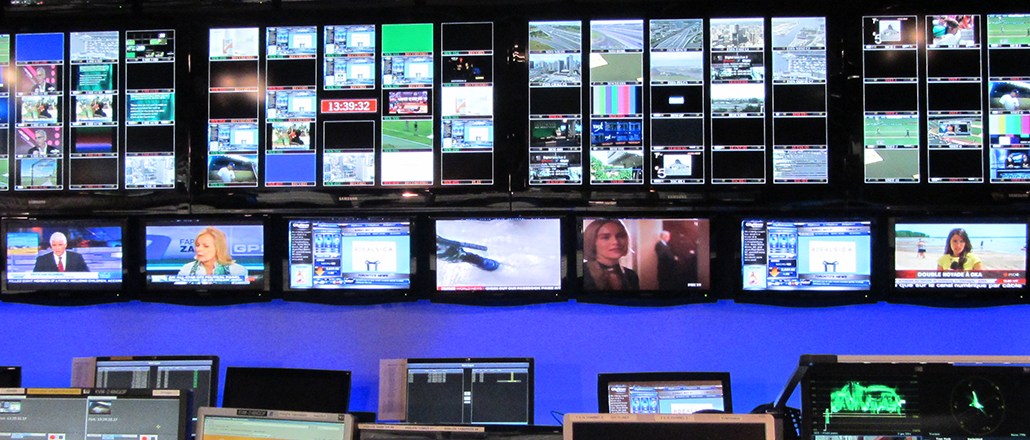Advertisers have seriously underestimated TV’s ROI, and programmatic is about to prove it

Written by Walt Horstman, president, AudienceXpress
With the blink-and-you-missed-it pace of digital, it’s comforting for a marketer to know that some things do remain constant: TV, long the bulwark on which many an ad campaign was built, is still going strong. So says a multi-year study on the value of TV advertising recently published by Accenture and ABC. The study proves that TV has maintained a powerful halo effect across all marketing channels, and this effect will only grow stronger as TV becomes more programmatic.
Already, most ROI analyses underplay TV’s value: The study finds that participants reported about 18 percent of the ROI on digital channels is accounted for by TV, a conservative estimate that should be boosted by 10 percent on average. It turns out that television is possibly even more valuable than previously thought.
But today’s agencies and advertisers want to precisely measure everything about their TV campaigns, and they aren’t satisfied with only knowing if the campaign was successful; they need to know why, not to mention which parts contributed most to that success. Everything from the network down to the daypart and audience data needs to be carefully tracked and studied. While precision measurement like this has been table stakes for so long in digital, marketers now have the same expectations for TV. Programmatic TV will help to exceed those expectations.
Programmatic TV gives marketers a data-enhanced edge by using advanced TV data sets and best-in-class automation to improve campaign accuracy. Marketers can finally blend audience data from credit card spending patterns, shopper cards and mobile devices, overlaying it onto TV viewership with precision.
However, advanced data can only be added to the mix with the right technology. Sophisticated TV attribution models using daily impression data provide the feedback to measure and optimize the impact on business outcomes and ROI, finally giving TV its due credit among marketing channels. Then these business results can improve the targeting the next time around, driving a cycle of increasingly effective TV campaigns.
Programmatic television might soon also be able to solve the massive fragmentation conundrum affecting media at large. Through API integrations with well-known digital video and display platforms, TV will connect the dots across this hybrid digital landscape. With its impressive scale and rapidly developing technology, we’ll be able to see how all media channels are working together for specific campaigns – and make them work better.
Over the past few years, many marketers who wanted to appear ahead of the curve boasted of having shifted budgets from TV to digital and social media. That shift may have been premature: Some are predicting that the 2016 Upfront will be the strongest in five years. But agencies and marketers still need more from the usual TV buys – they need the data and automation they rely on in digital applied to TV. And they demand it all with more flexibility, agility and accountability.
Programmatic TV, the union of automation and audience data delivers on those demands. Now it will unlock the unprecedented value that has existed within TV advertising all along.
More from Digiday

Pitch deck: How Amazon is recasting Twitch as a core part of its CTV pitch
Amazon is positioning Twitch as a defining asset in its CTV ambitions.

Netflix transforms former mall department stores into experiential venues
The location in Dallas opens this week, and one at the King of Prussia mall near Philadelphia opened last month.

In Graphic Detail: What to expect in media in 2026
Programmatic mix will broaden, while AI investment will both drive ad investment and steal focus from other marketing priorities.





